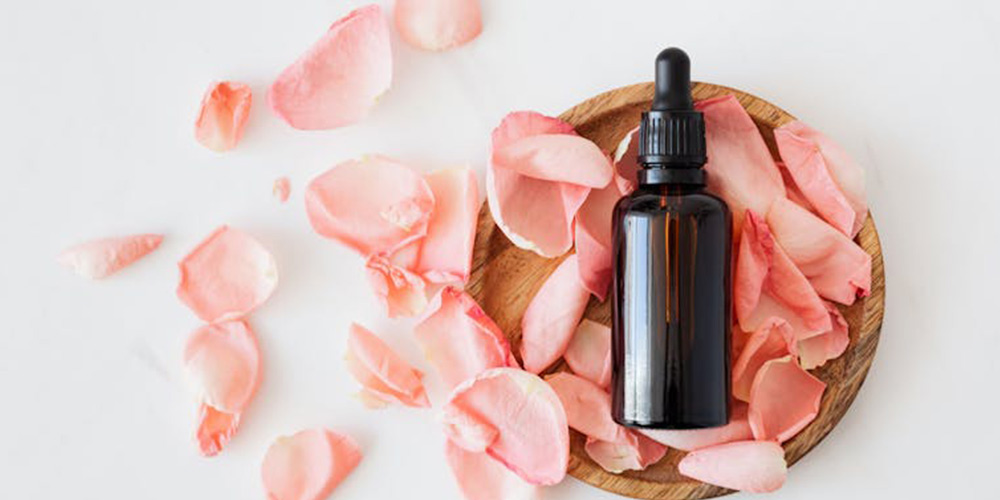The Best Skincare Practices When Moving to a Humid Climate

Moving to a humid climate can be both exciting and challenging, especially when it comes to skincare. The increased moisture in the air affects your skin in ways you might not expect. You may notice more oil production, clogged pores, and unexpected breakouts. On the flip side, humidity can also prevent dryness and enhance your skin’s natural glow. To maintain balanced, healthy skin, it’s crucial to adapt your skincare routine to the new environment. Here, we’ll explore the best skincare practices for thriving in a humid climate, helping you look and feel your best every day.
Understanding Humidity’s Impact on Your Skin
Humidity has a direct impact on how your skin behaves. In humid climates, the air is saturated with moisture, which can lead to increased sebum production, making your skin feel oilier than usual. This excess oil can mix with sweat and environmental impurities, clogging pores and causing breakouts. At the same time, the skin’s outer layer can retain more moisture, reducing the appearance of fine lines.
However, this moisture retention can also make your skin more sensitive to pollutants. Additionally, the sun can accelerate skin damage, especially when combined with sweat and excess oil. Knowing these effects helps you adjust your routine for healthier, clearer skin.

Your skin will need adjusting after moving to a humid climate
Choose the Right Cleanser
Choosing the right cleanser is essential when moving to a humid climate. As mentioned before, the increased moisture in the air can cause excess oil and sweat, leading to clogged pores and breakouts. So, to keep your skin clear, opt for a gentle, non-comedogenic cleanser that effectively removes dirt and oil without stripping your skin’s natural barrier.
Gel-based or foaming cleansers work well for oily or combination skin while hydrating cleansers are better for dry or sensitive skin. Cleansing twice a day is usually enough to maintain a balanced complexion. The key is to find a product that keeps your skin clean, fresh, and free from irritation.
Lightweight Moisturizers Are Key
In a humid climate, heavy creams can easily clog pores and lead to breakouts. That’s why lightweight moisturizers are essential for maintaining balanced skin.
Opt for gel-based or oil-free formulas that hydrate without feeling greasy. Ingredients like hyaluronic acid provide moisture without clogging pores, keeping your skin plump and refreshed. Non-comedogenic products are particularly useful in preventing acne while maintaining the skin’s natural barrier.
Even if your skin feels oily, skipping moisturizer can lead to dehydration and overproduction of sebum. The right lightweight moisturizer ensures hydration, controls shine, and keeps your skin healthy and comfortable all day long.
Sunscreen Is Non-Negotiable
No matter the climate, sunscreen is essential, but it becomes even more critical in humid conditions. The intense UV rays can penetrate through the moisture in the air, increasing the risk of sunburn and premature aging. Using a broad-spectrum sunscreen with at least SPF 30 protects against both UVA and UVB rays. For a comfortable, non-greasy feel, choose a lightweight, mattifying formula.
Sunscreen and other products that protect your skin from the sun are crucial for preventing hyperpigmentation and maintaining an even skin tone. Reapply every two hours, especially when sweating or spending extended periods outdoors, to stay protected.

Sunscreen is a must in most climates
Exfoliation: Finding the Balance
Exfoliation is crucial in a humid climate to prevent clogged pores caused by excess oil, sweat, and environmental pollutants. However, finding the right balance is key to avoiding irritation.
Opt for chemical exfoliants like salicylic acid or lactic acid, which gently dissolve dead skin cells without harsh scrubbing. These exfoliants help to clear pores and reduce breakouts, keeping your skin smooth and radiant.
However, keep in mind that over-exfoliating can damage the skin’s protective barrier, leading to sensitivity and redness. Start with once a week and gradually increase to two times if needed.
Preparing for the Move
Preparing for the move to a humid climate involves more than just packing boxes—it also means getting your skincare routine ready. Start by researching the new environment and understanding the local humidity levels to anticipate your skin’s needs. Pack the right products, including travel-sized essentials to maintain your routine during the transition.
To minimize skin issues, avoid unnecessary stress by hiring Beltway Movers DMV to ensure a smooth relocation. Stress and lack of sleep can lead to breakouts and dull skin, so maintaining a calm transition is crucial. Keep familiar, trusted products handy for the initial adjustment period.
Makeup Tips for Humid Climates
Makeup in humid climates can be tricky, but choosing the right products makes all the difference. Opt for lightweight, non-comedogenic foundations and concealers to avoid clogged pores. A mattifying primer helps control shine, while a setting spray keeps makeup in place despite the humidity. Switching to breathable, sheer coverage allows your skin to breathe and reduces the risk of breakouts.
When moving to a humid climate, adapting your makeup routine is just as important as updating your skincare. Embrace minimalistic looks, focusing on long-lasting formulas that stay fresh without feeling heavy, ensuring comfort and confidence all day.

Make sure to use products that suit your skin
Hydration and Diet’s Role in Skincare
Hydration and diet play vital roles in maintaining healthy skin in a humid climate. Drinking enough water helps balance moisture levels and flush out toxins, reducing breakouts. Foods rich in antioxidants, like berries and leafy greens, protect the skin from environmental stressors.
Omega-3 fatty acids from fish and nuts support skin elasticity and hydration. Limiting sugar and processed foods helps prevent inflammation and acne. By nourishing your body from within, you can enhance your skin’s resilience and achieve a natural, healthy glow.
Adjust Night-Time Routine for Recovery
A well-planned night-time skin care routine is essential for skin recovery in a humid climate. Focus on lightweight serums with antioxidants or niacinamide to repair and protect your skin. Opt for gel-based or non-comedogenic moisturizers to maintain hydration without clogging pores.
Sleeping in a cool, well-ventilated room prevents excess sweating and irritation. Avoid heavy creams that can suffocate the skin overnight, leading to breakouts. By keeping your night routine light and breathable, you help your skin rejuvenate while maintaining a clear, healthy complexion.
Embrace Humidity with Confidence!
Moving to a humid climate requires adapting your skincare routine for balance and clarity. By choosing lightweight products and maintaining healthy habits, you can prevent breakouts and irritation. Experiment to find what works best for your skin. Embrace the change, and enjoy the natural glow that humidity offers.




